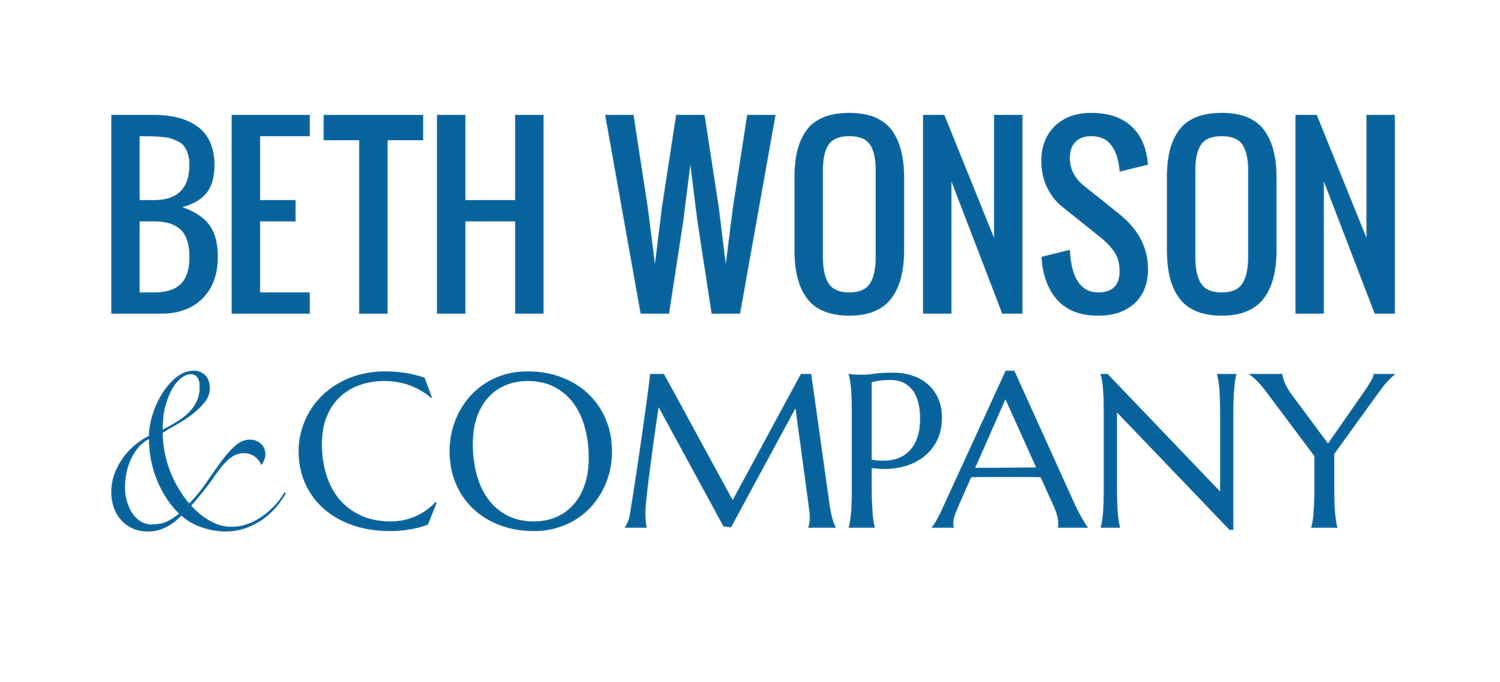Meetings Multiply, But Rarely Go Away On Their Own
How many standing meetings do you have on your calendar right now?
How many of those do dread? You know the ones where you show up, but then walk away wondering what was actually accomplished?
At this time of year, I recommend that my clients do an annual meeting audit to determine if each standing meeting is still meaningful, relevant, and in alignment with the company’s goals.
Because the thing is, meetings rapidly multiply but rarely do they go away naturally.
We're quick to add meetings (and often with good reason), but we are terrible at recognizing that when meeting has run its course in its current format. Without an annual meeting audit, your calendar quickly becomes cluttered with commitments that no longer serve their original purpose.
How to Conduct a Meeting Audit
Step 1: Collaborative Inventory — Direct your team to map all standing meetings—frequency, duration, attendees, and stated purpose. Collective input ensures nothing is missed and builds buy-in from the start.
Step 2: Group Evaluation — As a team, apply two tests to each meeting:
What specific outcome or decision does this produce?
Does this advance our current strategic priorities?
Have participants honestly assess whether they're contributing/deciding or just receiving information that could be shared asynchronously.
Step 3: Redesign Together — As a group, challenge every meeting's frequency, duration, and participant list.
Question assumptions:
Could it be biweekly instead of weekly? Quarterly instead of monthly?
Does everyone need to attend, or could you rotate participants?
Collaborative problem-solving here generates creative solutions and shared ownership.
Step 4: Decide and Communicate as One — Make decisions together about what to cancel, consolidate, reduce, or restructure. When the group owns the changes, implementation is smoother, and resistance is minimized. Transparently communicate all changes with a clear rationale tied back to your strategic priorities.
The group approach is essential. When teams audit their own meeting culture collaboratively, they're more likely to spot inefficiencies, accept difficult changes, and hold each other accountable to new norms.
Why does this matter?
Because time is your scarcest leadership resource. If even 20% of standing meetings are bringing low return on energy, that’s time you and your colleagues will never get back. When you eliminate one unnecessary standing meeting, you're freeing dozens of hours across all attendees. That cumulative time can be redirected toward work that actually moves the needle.
Let me know what you discover when you do your meeting audit. I read every response!
P.S. Are you too close to the day-to-day to be able to see ways to gain more time, reduce the burden of meetings, and address feelings of overwhelm? I can help. Grab a spot on my calendar to talk.
Have a Question? Let’s Talk Today
You may be facing a challenge or weighing an action and aren’t sure where to start, or what a solution even looks like. Contact Beth today! It’s 100% confidential so you can freely discuss the challenges you’re facing and unlock a path forward. Or Get Started with our resources library and books.
